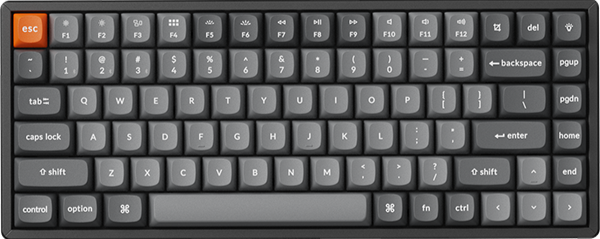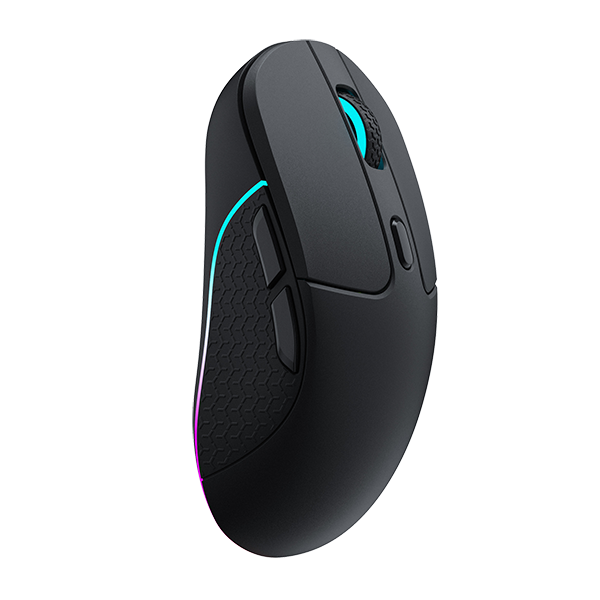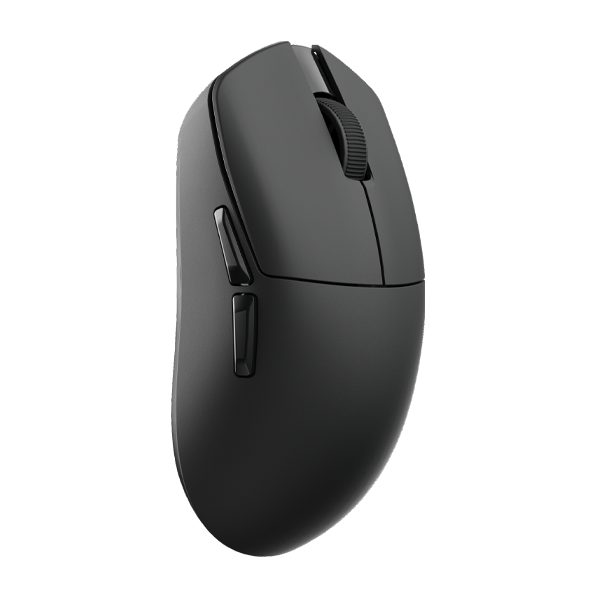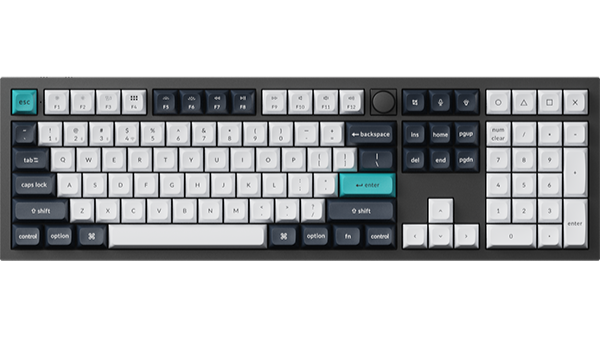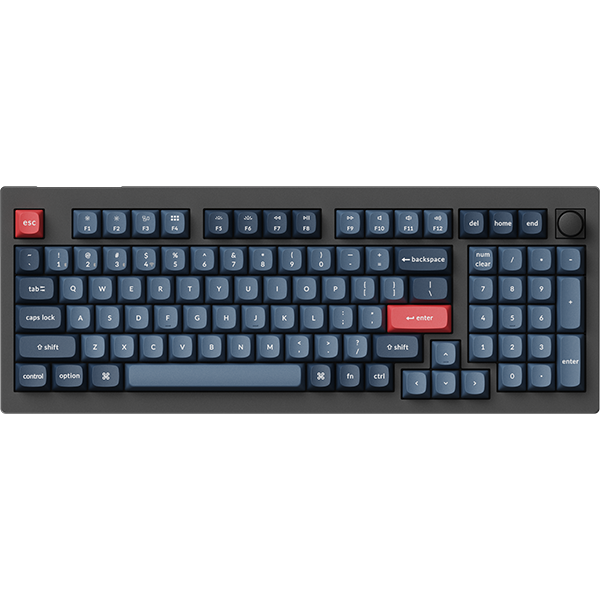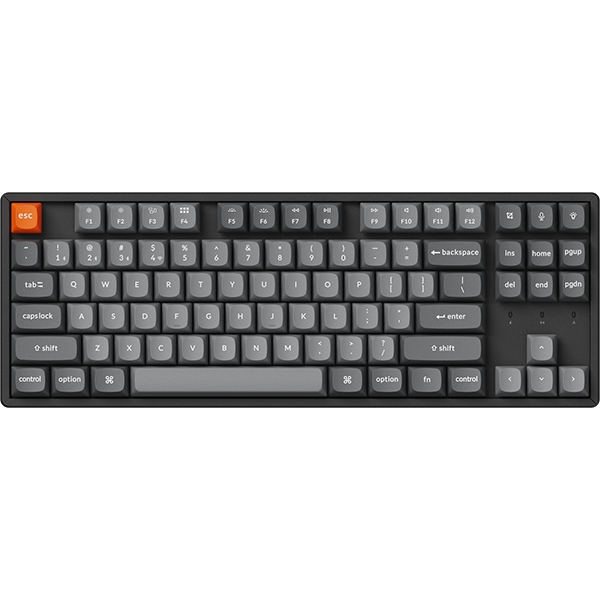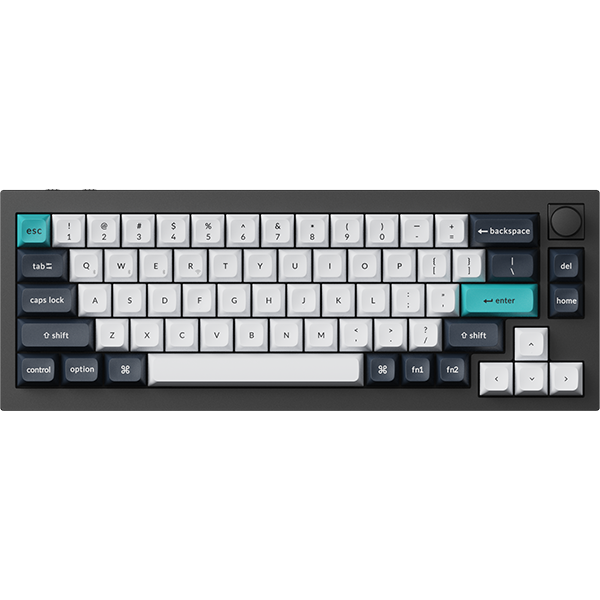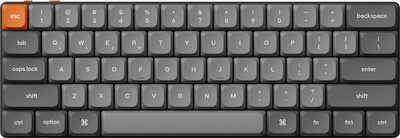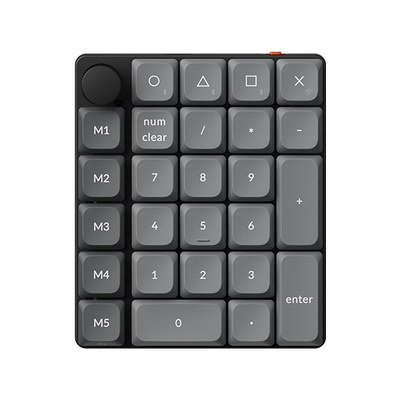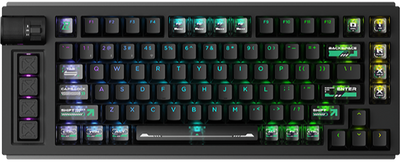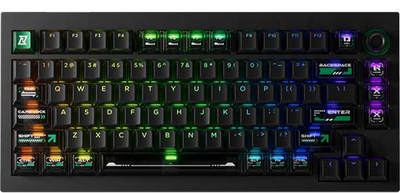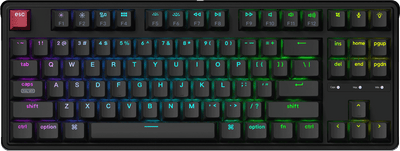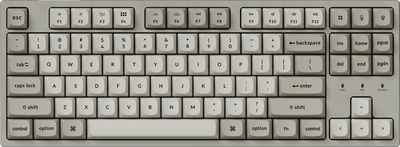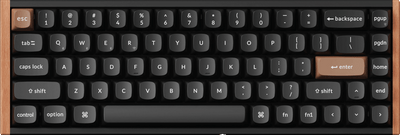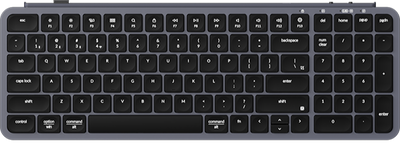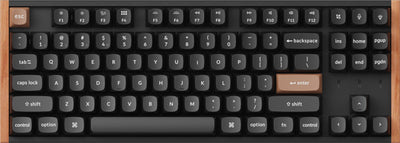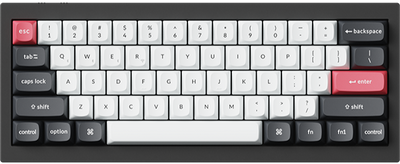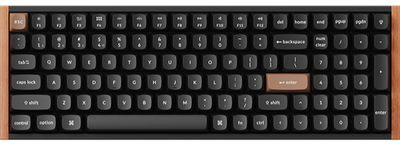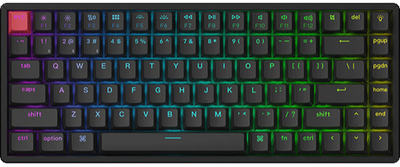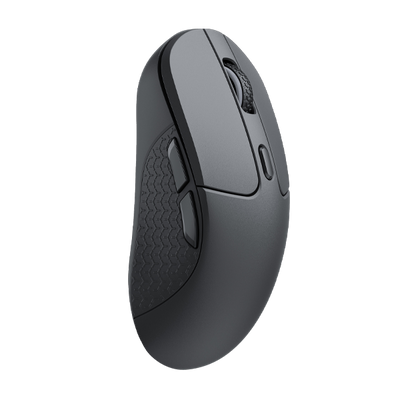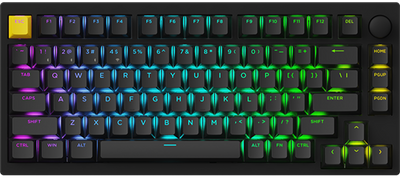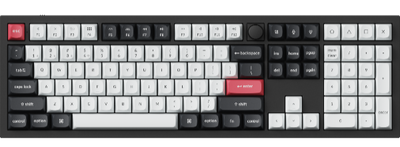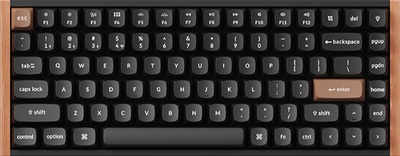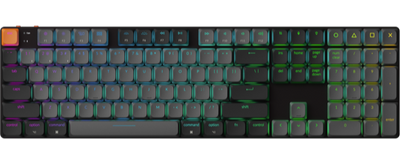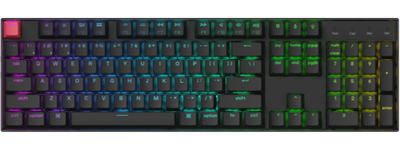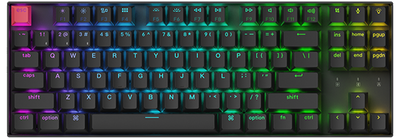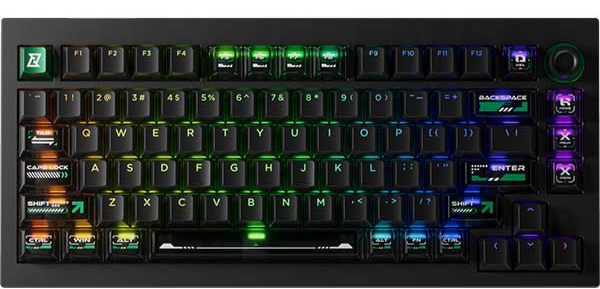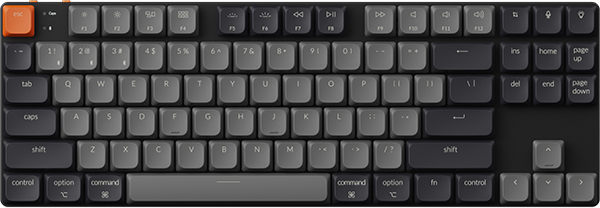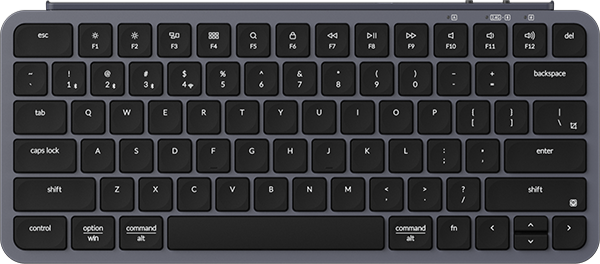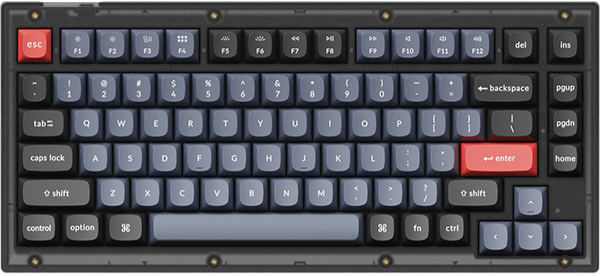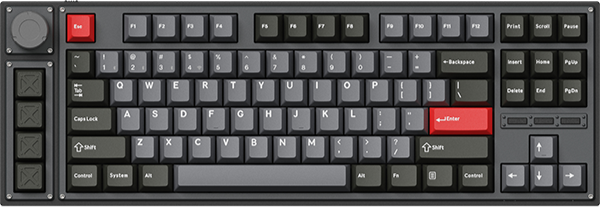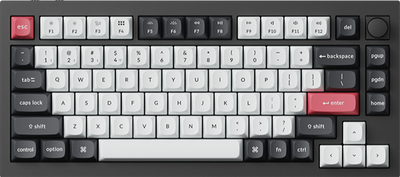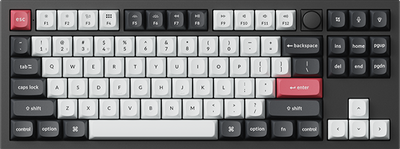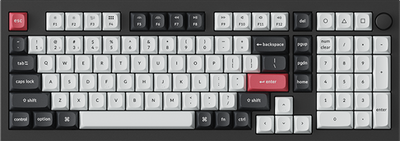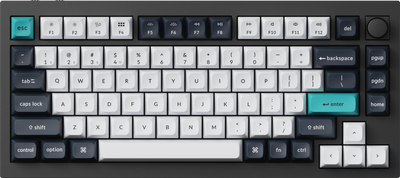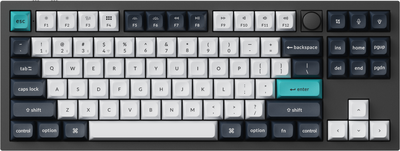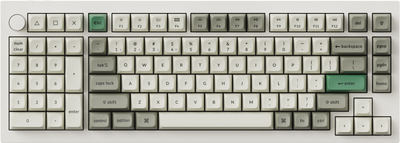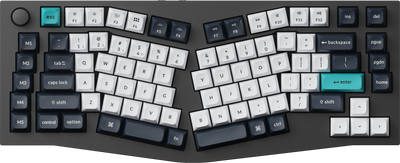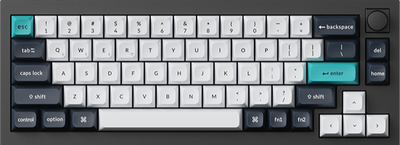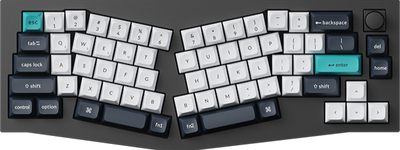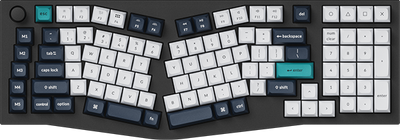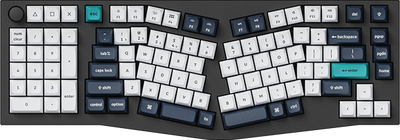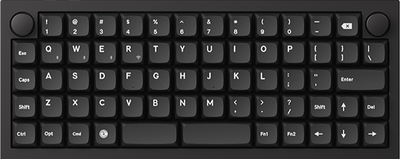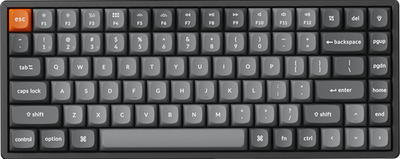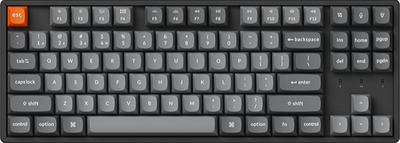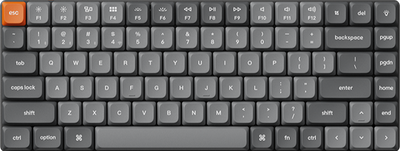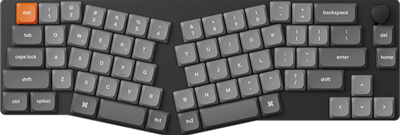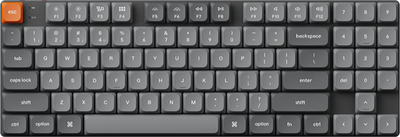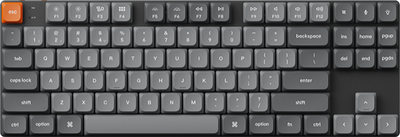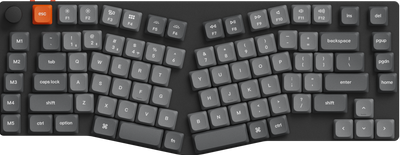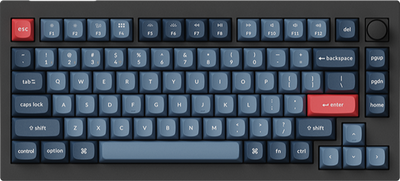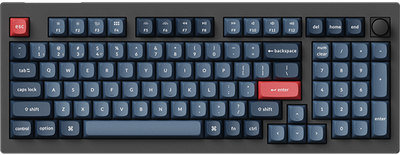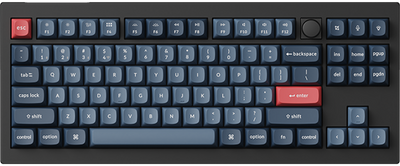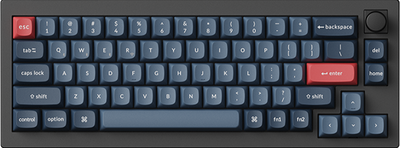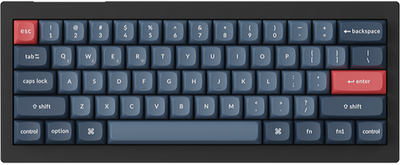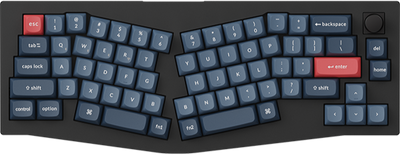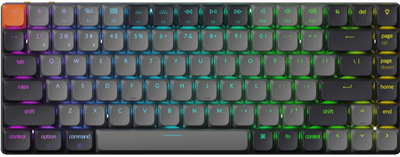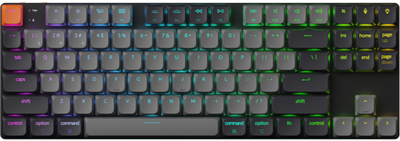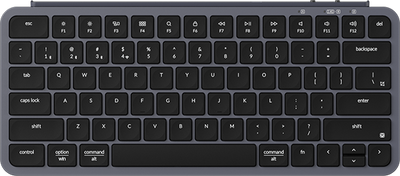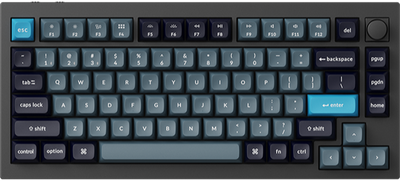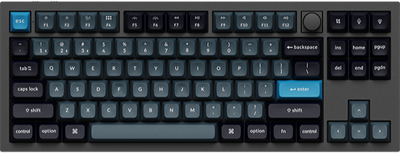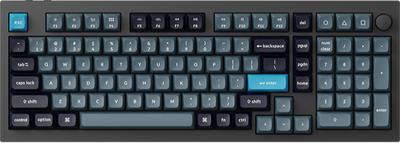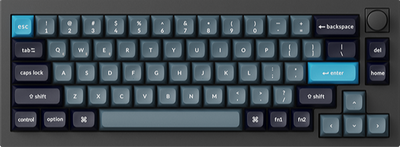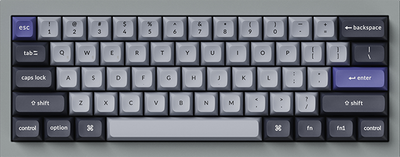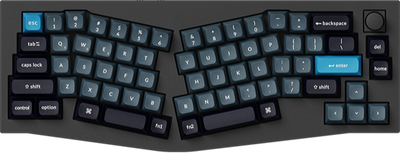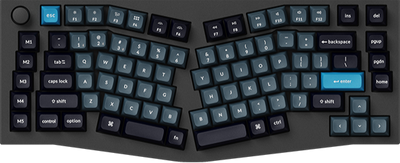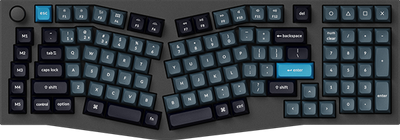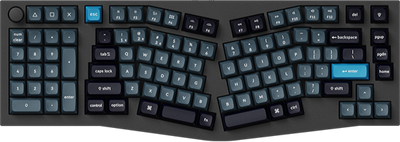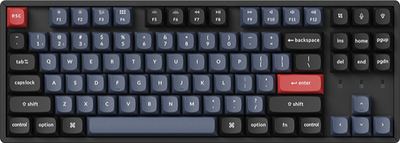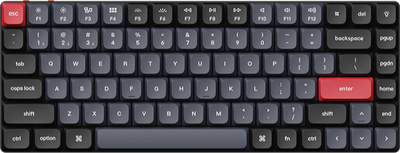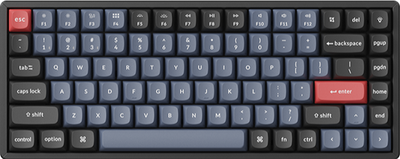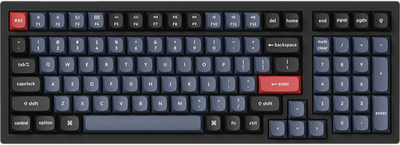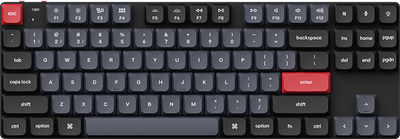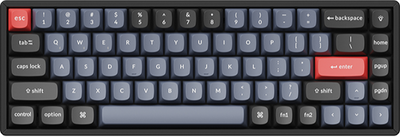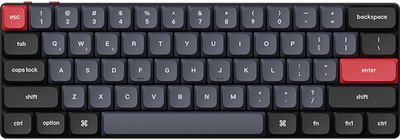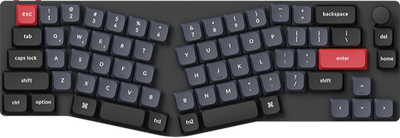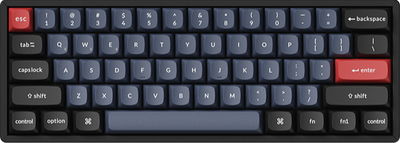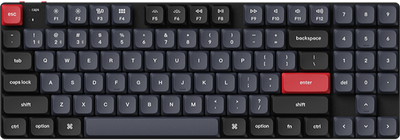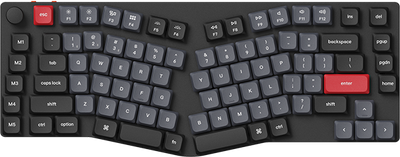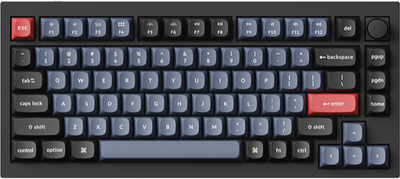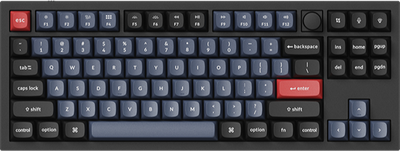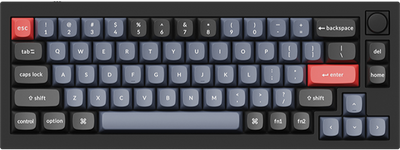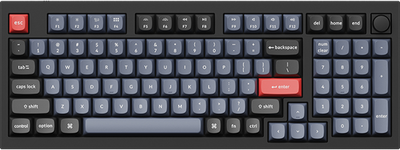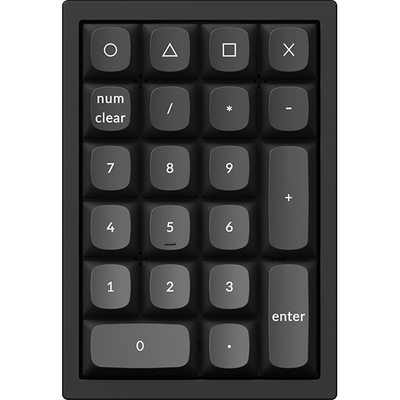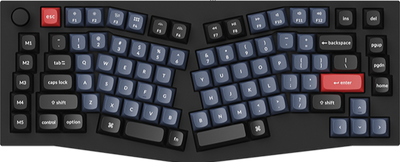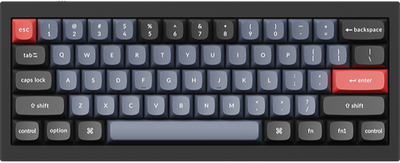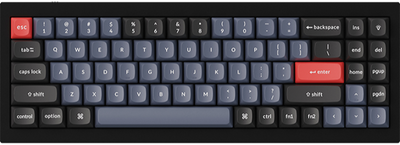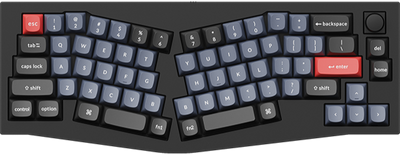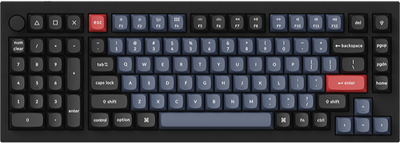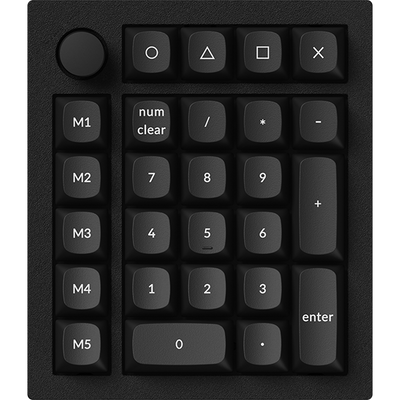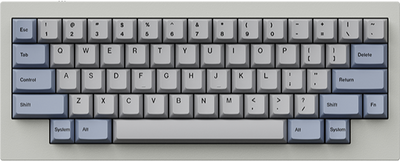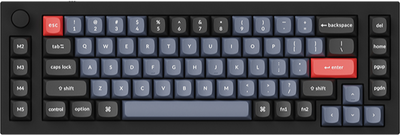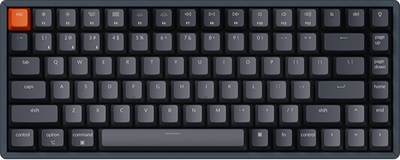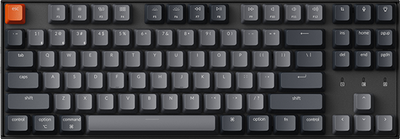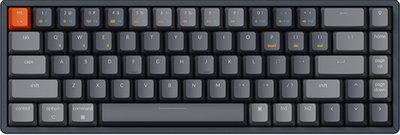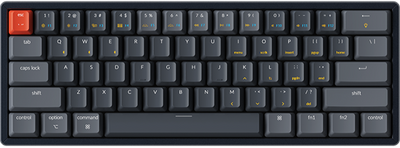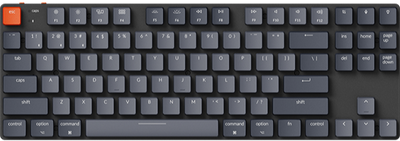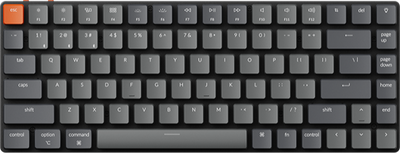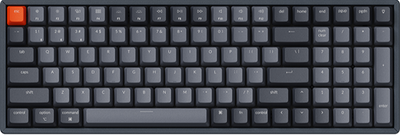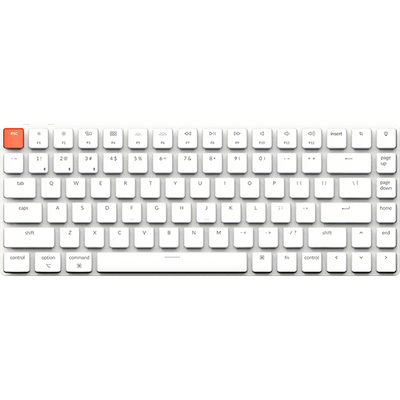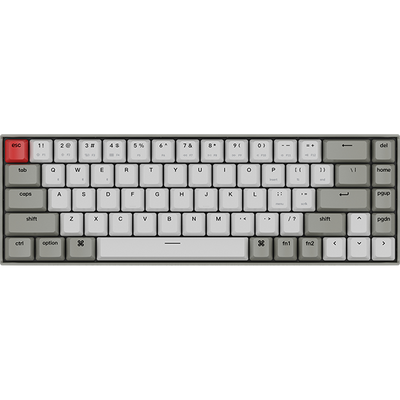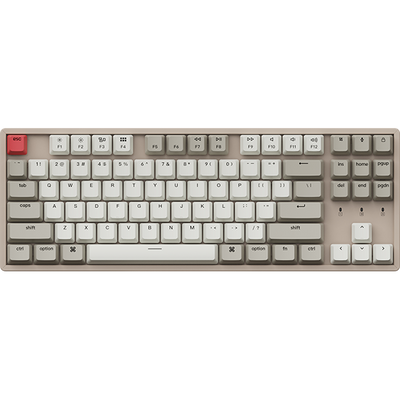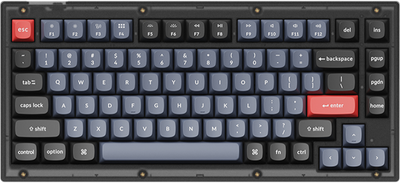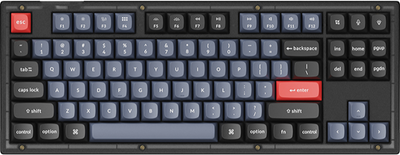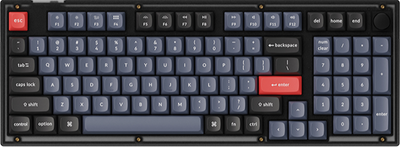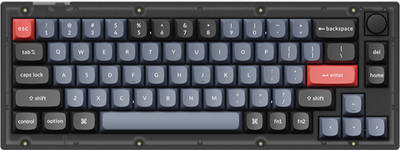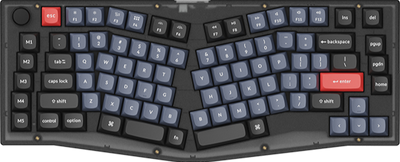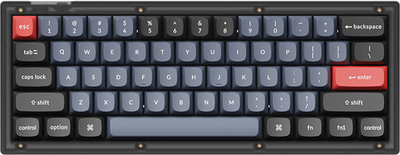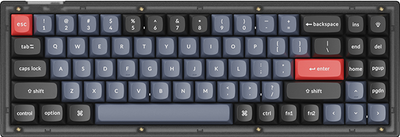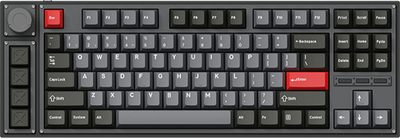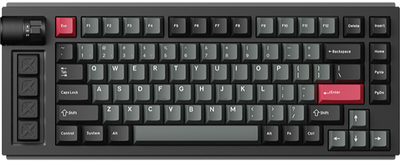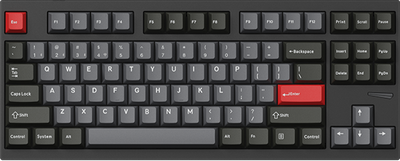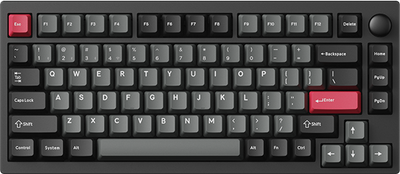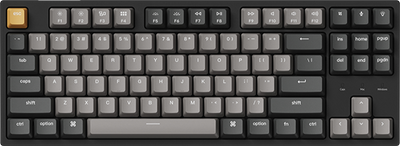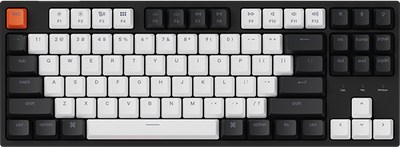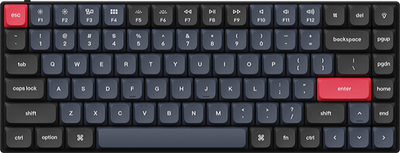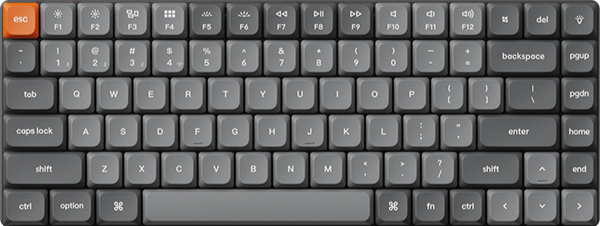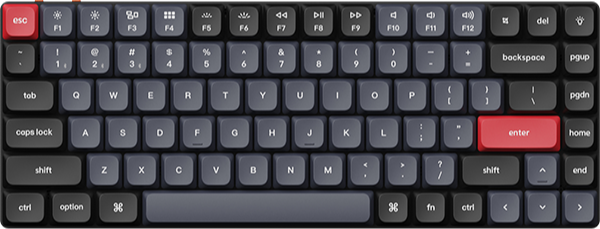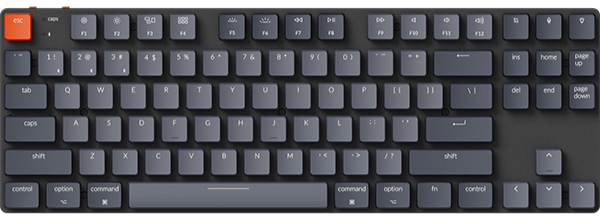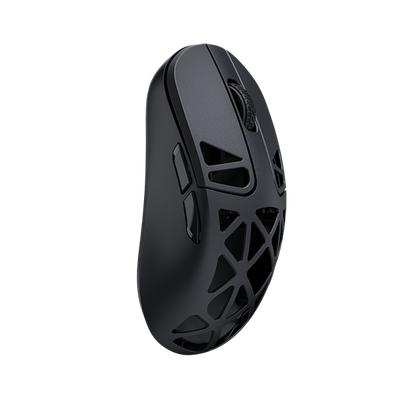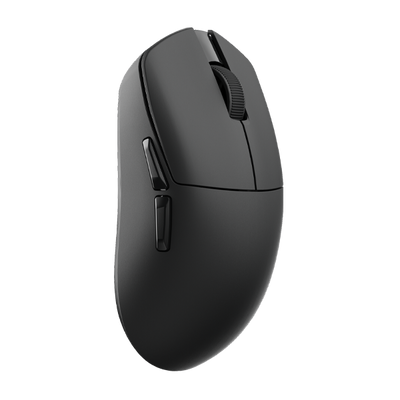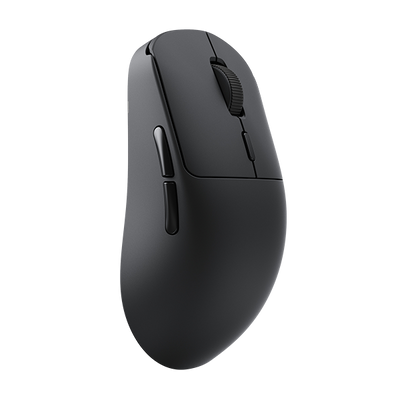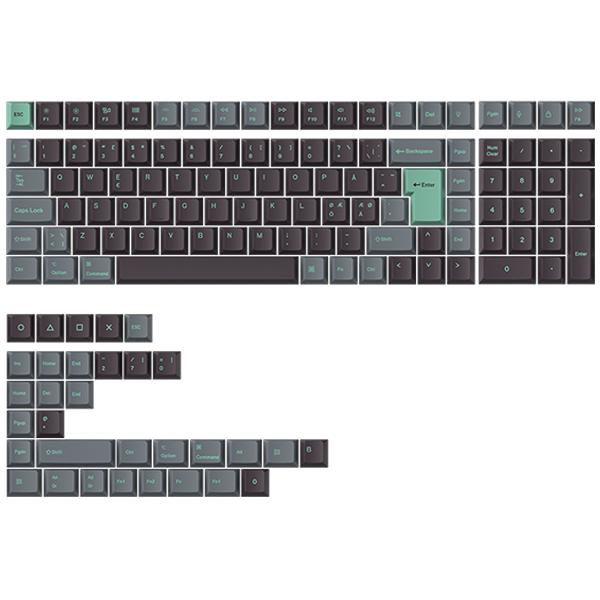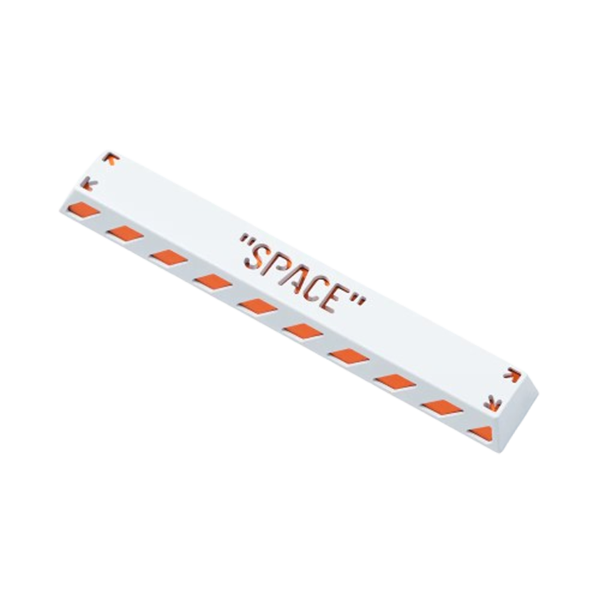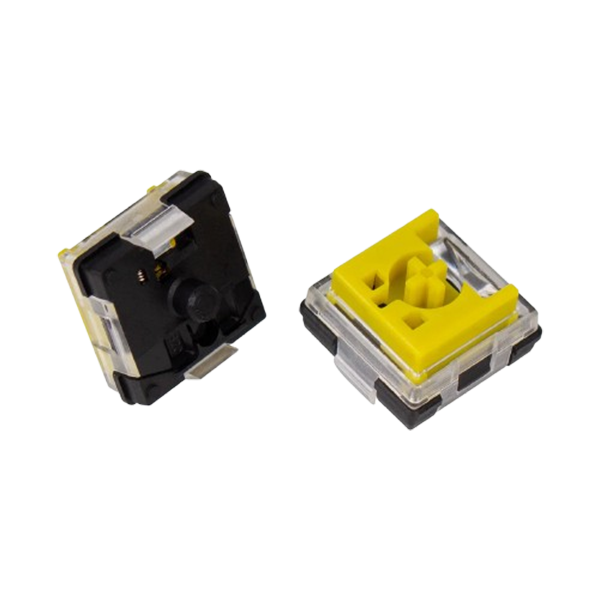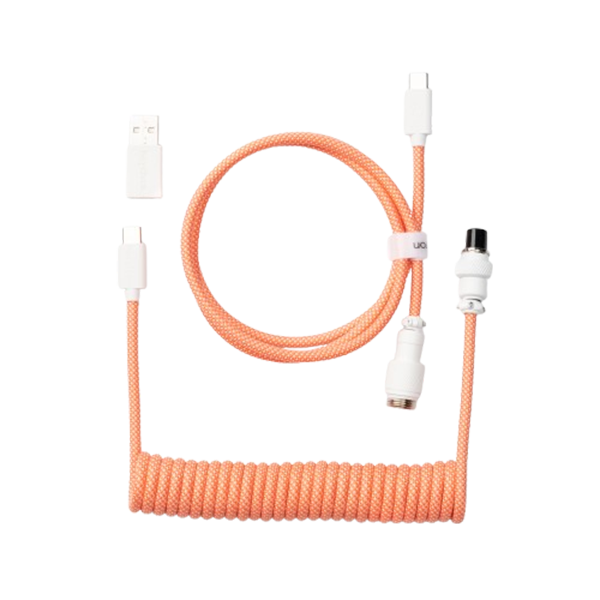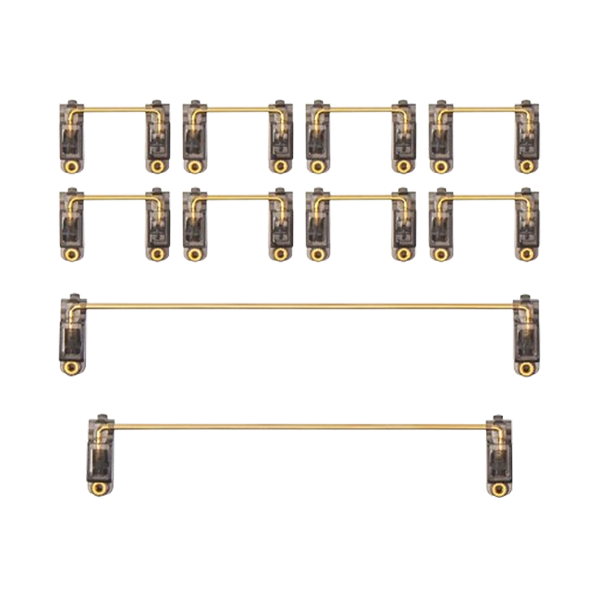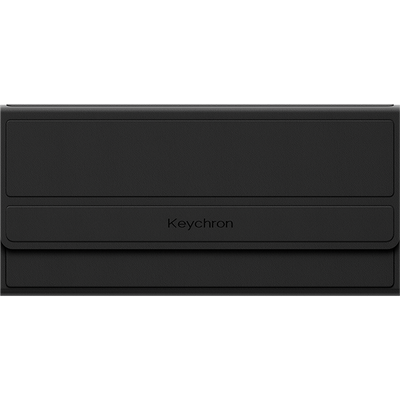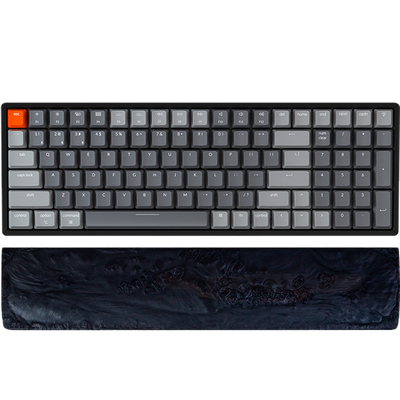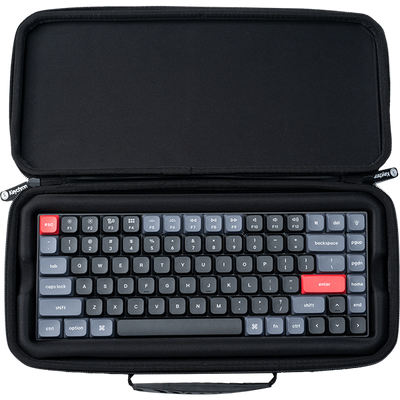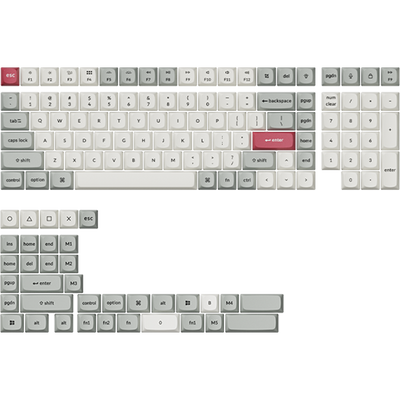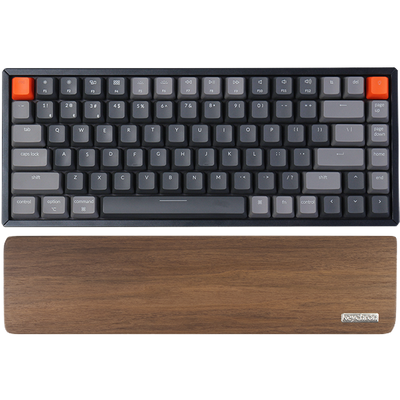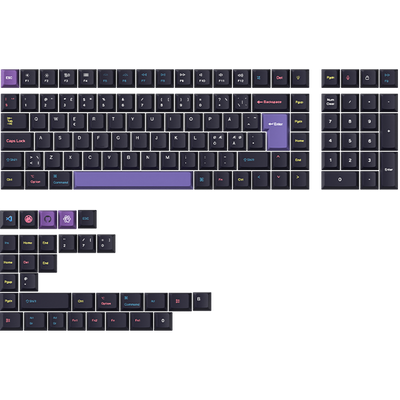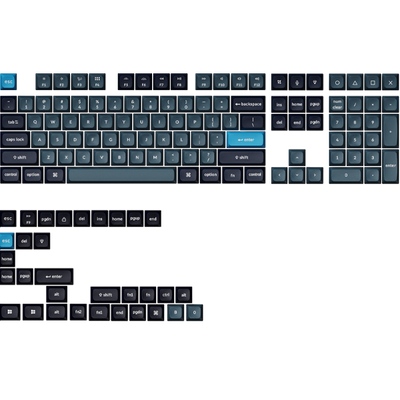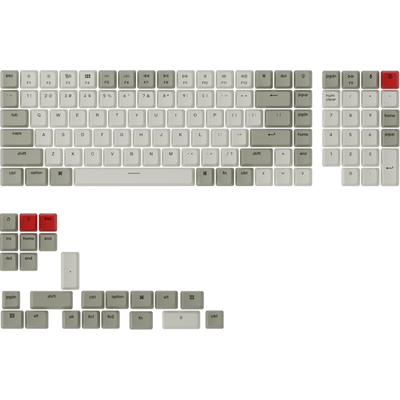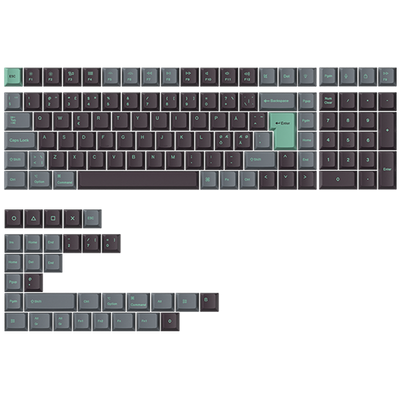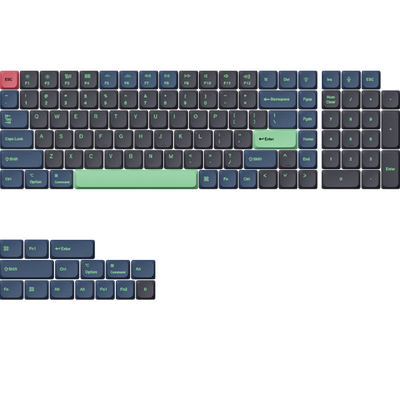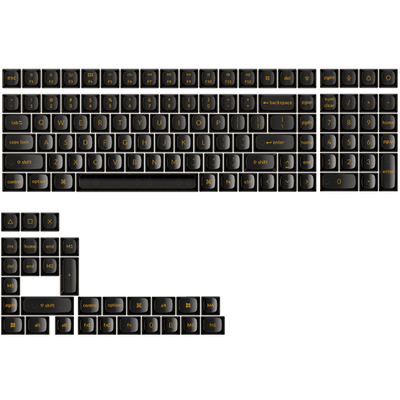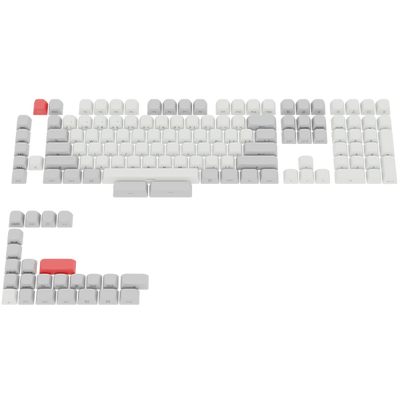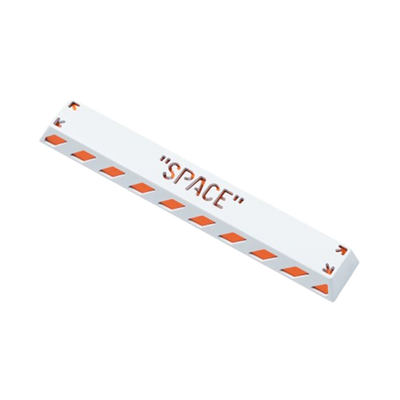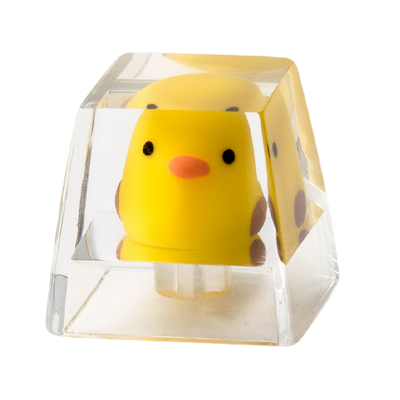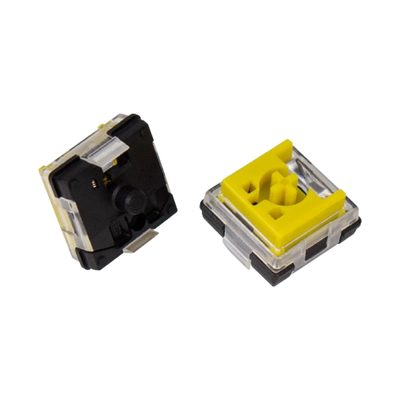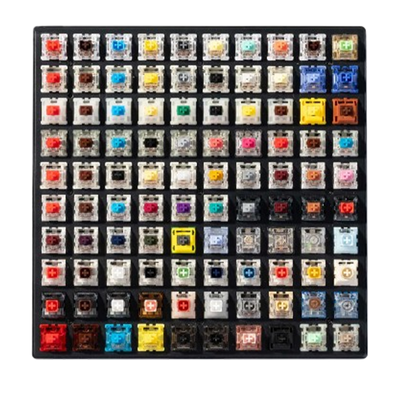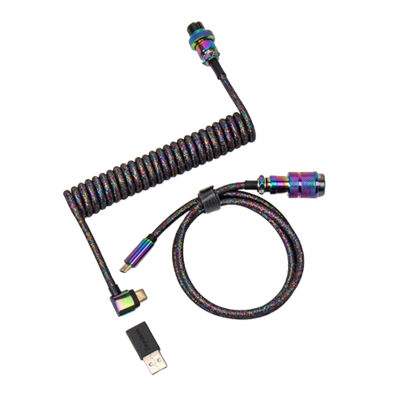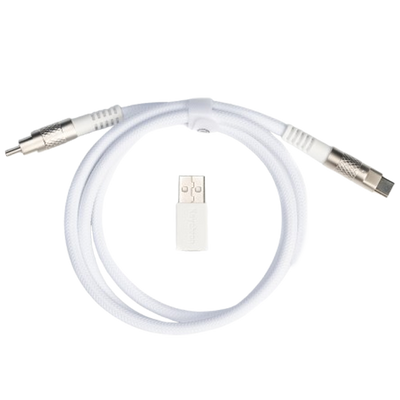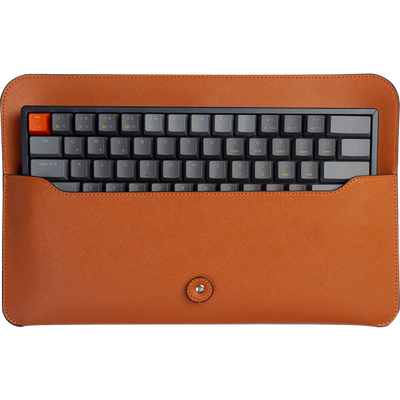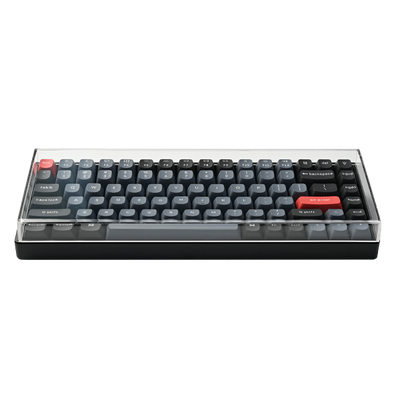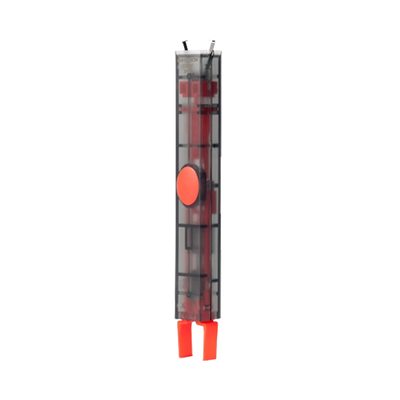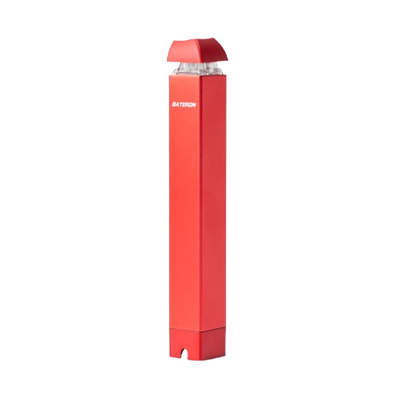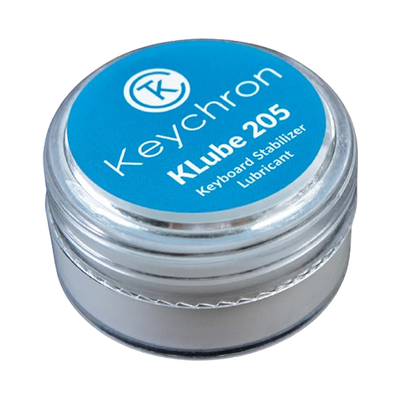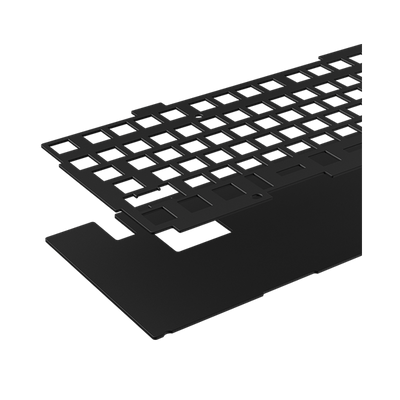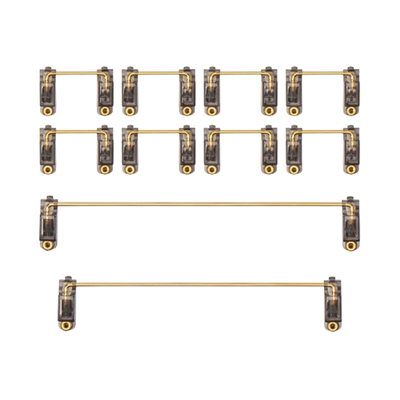If you’re wondering how to connect a wireless mouse without a USB receiver, especially a Keychron model, you’re definitely not alone. People lose those tiny dongles all the time, but that doesn’t mean your mouse is toast.
You can connect your Keychron wireless mouse without a USB receiver by switching it into Bluetooth mode and pairing it directly with your laptop, tablet, or desktop. This is pretty handy if you’re short on USB ports or just want your desk to look a bit less cluttered.
Keychron mice support multi-device Bluetooth connectivity. You can switch between computers and devices without unplugging anything.
Once you turn on Bluetooth on your computer, finding and connecting your mouse usually takes just a few seconds. It’s a small thing, but knowing how to connect your wireless mouse without a USB receiver really does make life easier if you travel or hot-desk a lot.
What “Connect Wireless Mouse Without USB Receiver” Actually Means
When people talk about connecting a wireless mouse without a USB receiver, they usually mean using Bluetooth instead of a dedicated dongle. It helps to know what kind of mouse you’ve got before you try anything.
Bluetooth-Equipped vs RF-Only Wireless Mice – Define Differences and User Expectations
There are two main types: Bluetooth-equipped and RF-only (radio frequency) wireless mice. Bluetooth mice pair directly with laptops, tablets, and desktops that have Bluetooth built in—no extra dongle needed.
RF-only mice rely on a USB receiver (that little dongle). Without that specific receiver, the mouse just won’t work—unless you somehow get an identical replacement.
Keychron makes several mouse models, like the Keychron M6, that support both Bluetooth and 2.4GHz RF. That gives you options for different setups.
If your computer doesn’t have Bluetooth, you can always add it with a small USB Bluetooth adapter. For devices with only USB-C, a USB-C to USB-A adapter can help you hook up older dongles or adapters.
Keychron lists Bluetooth 5.1 as standard on their mice, which means faster pairing and a stable connection. It also helps cut down on lag and lets you connect to more than one device at a time.
How To Pair Your Wireless Mouse Without Its USB Dongle
Most Keychron wireless mice support Bluetooth, so you can connect them even if you’ve lost the original USB receiver or just want to free up a USB port. The process is simple if both your mouse and computer support Bluetooth—just follow each step.
Step 1: Confirm Your Mouse Supports Bluetooth – Check Model/Manual
First, make sure your Keychron mouse actually supports Bluetooth. Not all wireless mice do.
Flip your mouse over or check the model name. If there’s a "BT" or "Bluetooth" in the name (like Keychron M3 Wireless Mouse), you’re probably good to go. You can also look it up on Keychron or check the manual or specs page.
If your mouse doesn’t support Bluetooth, you’re stuck without the original dongle. When in doubt, search your model online or check the packaging for a Bluetooth logo or details about pairing.
Step 2: Turn On Bluetooth on Your PC/Mac/Linux – Quick OS-Specific Setup Steps
You’ll need Bluetooth on your computer. Most new laptops have it built in. If not, plug in a Bluetooth adapter (dongle) to a USB port.
Windows:
- Go to Settings > Devices > Bluetooth & other devices.
- Switch Bluetooth to "On."
- Make sure Airplane Mode is off.
Mac:
- Open System Settings (or System Preferences on older versions).
- Click Bluetooth and turn it on.
Linux:
- Use your system settings or install a utility like blueman if it’s missing.
- Try bluetoothctl in the terminal to check status.
If you don’t see Bluetooth options, check for driver updates. For Bluetooth dongles, plug them in before you start setup.
Step 3: Pair Mouse in Bluetooth Settings & Verify Cursor Movement
On your computer, open Bluetooth settings. On Windows, select "Add Bluetooth or other device"; on Mac, click "Connect" next to your Keychron mouse.
Look for your Keychron mouse in the list—usually something like "Keychron M3." Click to pair and wait for confirmation.
Once paired, move the mouse and check for smooth cursor movement. Try clicking and scrolling. If it doesn’t work, remove the device from the list and try pairing again. Sometimes, closing other mouse apps helps.
Looking to brighten up your desk? Browse our RGB mouse collection and add a splash of color to your workspace!
Can You Use Another Brand’s Receiver or Spare Dongle?
Keychron M2 Mini Wireless Mouse
Most wireless mice only work with their exact USB receiver. Keychron mice won’t pair with a generic or another brand’s dongle. If you lose your receiver, what you do next depends on the brand and their replacement or compatibility policies.
Replacing With Manufacturer’s USB Receiver – Contact Support or Buy Official/Unifying Dongle
Keychron wireless mouse models use a specific receiver paired at the factory. Losing the dongle means you can’t just grab a spare from another company (like Logitech or Microsoft)—it won’t work. Each mouse and receiver set is matched to avoid cross-connections or security issues.
To get a new receiver, contact Keychron’s support and ask about a replacement for your model. They don’t sell receivers for every model, but support can tell you what’s possible. For some brands, a universal receiver might work, but not with Keychron.
If you use the mouse for work every day, your best bet is an official replacement receiver or switching to Bluetooth (if your model supports it). That way, you avoid headaches and wasted time on unsupported dongles.
Troubleshooting When It Won’t Connect Via Bluetooth
Bluetooth pairing can be finicky. Issues like incompatible operating systems, weak batteries, interference, or missing settings can all get in the way. Here are some tips for common problems people run into with Keychron wireless mice and Bluetooth.
Mouse Not Visible in Bluetooth List? – Ensure OS Bluetooth Version Supports It
If your Keychron mouse isn’t showing up, your device’s Bluetooth version or settings might be the culprit. Many Keychron mice need Bluetooth 5.0 or later. Check your computer or tablet’s specs to see if it supports that.
Older computers might not find the device if they’re using outdated Bluetooth adapters. Laptops from before 2016 sometimes only have Bluetooth 3.0 or 4.0, which can cause pairing headaches. Updating your Bluetooth drivers from the manufacturer’s website can help.
Some operating systems, like Windows 7 or old macOS versions, don’t always play nice with Bluetooth LE devices. Tip: Update to the latest OS and install all Bluetooth patches. If your mouse still won’t show, restart both your computer and mouse, then try scanning again.
Pairing Fails or Cursor Lags? – Check Batteries, Drivers, Interference, Distance
Weak batteries are a common cause of Bluetooth connection issues. If your mouse is acting up, swap or recharge the battery, then try pairing again.
Wireless interference from other devices—like Wi-Fi routers, Bluetooth speakers, or even USB 3.0 ports—can mess with your mouse signal. Try to keep your mouse and receiver a few feet away from these things. In a crowded wireless environment, move the mouse closer to your computer.
Make sure your OS drivers are up to date. Keychron recommends checking for updates and installing the latest Bluetooth or trackpad drivers. If your cursor feels slow, tweak Bluetooth settings in your control panel, maybe disable power-saving for the Bluetooth radio.
Troubleshooting Tips Table
|
Problem |
Solution |
|
Mouse not pairing |
Change batteries, update drivers |
|
Mouse lags |
Reduce interference, stay close |
|
Mouse skips |
Recharge battery, disable power save |
No USB Port but No Bluetooth — Workaround – Use Wired Mouse to Enable Bluetooth UI
Keychron M1 Ultra-Light Optical Mouse (Wired)
If you’ve got no free USB ports and Bluetooth isn’t on, it’s annoying. Most operating systems let you use keyboard navigation or plug in a wired mouse just long enough to turn on Bluetooth.
Use the arrow keys and Enter to open System Preferences or Settings, then go to Bluetooth and enable discovery mode. If you have a USB hub, switch your mouse to wired mode, plug in the cable and activate Bluetooth.
Once Bluetooth is on, search for your Keychron mouse and finish pairing. You can unplug the wired mouse when you’re done. It’s a simple fix if you don’t have your Keychron USB receiver handy.
Still contemplating between wired and wireless options? Our article, Wired vs. Wireless Mouse: Which Is Best for You?, breaks down the pros and cons to help you choose.
When Bluetooth Isn’t an Option: Next Steps
Some Keychron and Meetion wireless mouse models need special steps if Bluetooth isn’t working or isn’t available. You still have ways to get your mouse working again or upgrade for more reliable use next time.
Order a Replacement Receiver Aligned With Your Mouse Tech – RF vs Unifying vs Lightspeed
If you lost or broke your original USB receiver, you’ll need a replacement that matches your mouse’s wireless technology. Most Keychron wireless mice use a 2.4GHz RF (Radio Frequency) receiver.
Some other brands use Unifying or Lightspeed receivers. Double-check your mouse’s exact name and model before buying anything.
Keychron’s support team pointed out that their M series uses unique RF dongles, and you can’t swap them across different models. Grab the wrong type, and you’ll just end up frustrated when your mouse won’t pair.
To play it safe, look up your mouse’s specs on the official Keychron website or in your manual. You can usually find replacement receivers on brand websites or through online electronics stores.
Consider a Dual-Mode Bluetooth/RF Mouse Going Forward
If you’re tired of depending on a single receiver, maybe it’s time to try a dual-mode wireless mouse. These work both through Bluetooth and a USB receiver, so you can switch modes if you need to.
Most Keychron M series models offer tri-mode connectivity options.
If you lose the receiver for a dual-mode mouse, you can still use Bluetooth. If your computer’s Bluetooth is flaky, just pop in a replacement dongle and go back to RF mode.
This flexibility is especially handy if you work on a few different devices or bounce between home and the office. When you’re shopping next time, look for models labeled “dual-mode” or “multi-device” support. It pays off in peace of mind.
Prevention: Avoid Losing Your Receiver Again
It’s surprisingly easy to misplace a tiny USB receiver, but some habits and a little planning can save you a headache. Storing your receiver safely or picking a mouse with more connection options helps a lot.
Store Receiver in Mouse Slot or Carry Case – Reduces Misplacement
Many Keychron wireless mice have a slot under the battery cover or on the bottom. Always stash your receiver there when you pack up or travel.
This way, your receiver and mouse stay together. If your mouse doesn’t offer a storage slot, grab a small zippered bag or case for your accessories.
Drop your receiver inside every time you’re not using it. Keeping all your gear in one spot really lowers the risk of losing anything.
Tip: Make it a routine to check for the receiver before you leave home, work, or a café.
Losing a receiver often means buying a whole new mouse, since generic replacements rarely work with specific Keychron models.
Buy Dual-Mode or Bluetooth-Only Mice for Flexibility
Picking a Bluetooth or dual-mode mouse lets you connect even if you lose the USB dongle. Newer Keychron models, like the M3 and M6, support both Bluetooth and 2.4GHz wireless, so you don’t always need a receiver.
Bluetooth mice work with most laptops, tablets, and some phones. If your computer doesn’t have Bluetooth, you can always grab a cheap Bluetooth adapter.
This keeps you connected even without the tiny USB receiver. Dual-mode or Bluetooth-only mice are a lifesaver if you move between devices or share your workspace.
You also avoid cluttering your USB ports with extra dongles. With Bluetooth, setup usually just takes a minute in your device’s settings menu. It works across Windows, Mac, and Chrome OS, so you’re covered.
Final Thoughts
Learning how to connect a wireless mouse without a USB receiver is simple if your mouse supports Bluetooth. With just a few clicks, you can enjoy a wireless setup without worrying about losing tiny dongles or running out of USB ports.
Now that you know the basics, you can easily pair your mouse and keep your workspace neat. If you run into any issues, just follow the steps again or check your device’s settings. Ready to connect your mouse the smart way? Give it a try and enjoy the freedom of wireless!
If you want a grab a keyboard and want to know which Keychron keyboard suits you best, check out our article, Difference among Keychron keyboards, to compare features and find your perfect match!
Frequently Asked Questions
Can we connect wireless mouse without USB receiver?
Yes, you can connect a wireless mouse without a USB receiver if it supports Bluetooth. Lots of newer mice, including some Keychron models, have built-in Bluetooth for direct pairing.
How to connect a wireless mouse if you lost the USB?
If your Keychron mouse supports Bluetooth, flip the switch to Bluetooth mode and hold the pairing buttons as described in the manual. Open your computer’s Bluetooth settings, search for devices, and pick your mouse from the list.
How do I connect a wireless mouse to my computer without a receiver?
Turn on the mouse and put it in pairing mode. For Keychron mice, this usually means switch to Bluetooth mode or holding certain buttons (often forward and left click) for a few seconds until a light blinks. Head to your computer’s Bluetooth settings and add the device.
How do I manually connect my wireless mouse?
First, turn on Bluetooth on your computer. Make sure your mouse is in pairing mode by following steps from the Keychron support site or manual. Find the mouse in your device’s Bluetooth menu and hit connect.
Are there universal receivers for wireless mice that work without the original USB?
Most wireless mice use dedicated receivers, but some brands offer universal receivers for their own gear. Keychron mice with Bluetooth can connect without a USB receiver, but if your mouse needs a dongle, you usually have to use the original one.
Can I pair a wireless mouse to a different receiver?
Most wireless mice, like the ones from Keychron, won't pair with just any receiver. Each receiver usually matches to its own mouse.
Some brands do offer unifying receivers that support specific models, but you can't swap them between all brands. Bluetooth models skip the whole receiver thing—you just connect straight to your device, no USB dongle needed.


